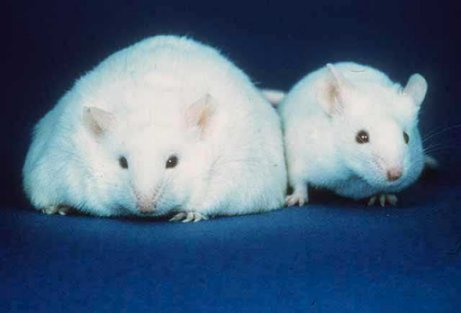Answers research journal has just published a very interesting study called Baraminological Analysis Places Homo habilis, Homo rudolfensis, and Australopithecus sediba in the Human Holobaramin. If you are not familiar with the term “holobaramin,” it refers to a group of animals that are all related to one another through common descent.
Remember, in the creationist view, God created individual KINDS of organisms, and the genomes of those organisms were created so that they could adjust and adapt to changing conditions. As a result, the organisms that God created could change significantly, but not infinitely. Their amount of change is bound by the level of information in their genomes.
Wolves and dogs, for example, are a part of the same holobaramin. Even though a Chihuahua and a timber wolf might look and behave very differently, they both descended from the same kind of animal created by God. So when a creationist says that certain creatures belong to the same holobaramin, he or she means they both descended from the same created kind of creature.
The analysis presented in the peer-reviewed paper linked above says that Australopithecus sediba should be placed in the human holobaramin, which means it descended from people. If you recall, this is quite different from my analysis of A. sediba.
While the paper does do a solid baraminological analysis, I am not sure I agree with that conclusion. After all, this paper focused only on craniodental features. While I don’t have a problem with that in general, I do have a problem with including Australopithecus sediba in such an analysis. Remember that the majority of the cranial and dental bones recovered were from a juvenile, and it is difficult to compare juveniles with adults. Thus, I am afraid that making a definitive placement for Australopithecus sediba is a bit premature. Hopefully, more fossils will eventually be published so that a more thorough baraminological can take place.
The other conclusion of the paper was quite interesting:
Results indicate that hominins may be divided into as many as four different holobaramins: (1) the genus Homo (including Australopithecus sediba), (2) the genus Paranthropus, (3) Australopithecus africanus, and (4) Gorilla, Pan, Australopithecus afarensis, and Australopithecus garhi.
So Australopithecus africanus is not related to and A. afarensis or A. garhi. That surprises me. However, based on the craniodental data, it seems to be the correct conclusion.






